Sprint today announced financial results for the third quarter of 2011, and while the carrier did not begin offering the iPhone until after the quarter ended, it was still able to beat analyst estimates and report a smaller-than-expected loss. Perhaps most significantly, Sprint reported a net gain of 1.3 million subscribers during the third quarter, the carrier's best performance in over five years.
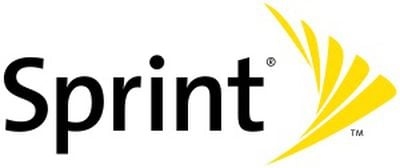
Sprint also took the opportunity to tout the iPhone in its press release, citing the device's record-breaking launch and the expectation that iPhone customers will be among the carrier's most profitable.
Growth in Sprint brand net additions was achieved without the benefit of Apple’s iPhone 4S and iPhone 4, which launched Oct. 14. The launch of this iconic device resulted in Sprint’s best ever day of sales in retail, web and telesales for a device family in Sprint history. The response to this device by current and new customers has surpassed initial expectations. The iPhone is expected to be accretive for Sprint, and iPhone users are expected to be among Sprint’s most profitable customers.
Overall, Sprint reported a loss of $301 million for the third quarter, down from a $911 million loss in the year-ago quarter. The carrier is said to have committed to purchase over 30 million iPhones over the next four years, with the upfront costs potentially resulting in Sprint taking an initial hit to its financial numbers. But with Sprint expecting strong profits from iPhone service contracts, the carrier anticipates that the iPhone will be a strong contributor to improved financial performance over time as it recoups its initial outlay.
Update: Sprint CEO Dan Hesse reported to Reuters that Sprint will need $7 billion in new financing over the next few years in order to support the iPhone commitment and the network transition to LTE.
Sprint said that while the iPhone would cost the company $15 billion in the next four years, it would generate $7 billion to $8 billion in projected future value for Sprint over that period.
Sprint said it will pay Apple an iPhone subsidy that is 40 percent higher, or $200 more per device, than the subsidies it pays for other phones.
But the company's executives said it should be worth the extra cost as the device is bringing in new customers.
"IPhone has an expensive contract but is worth every penny," Hesse said.


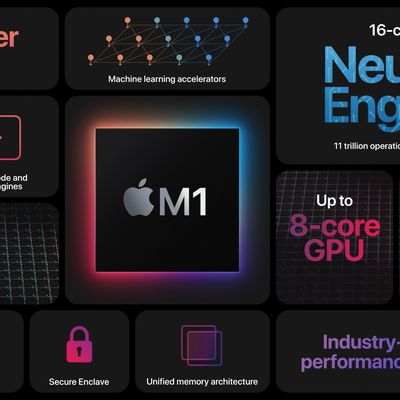
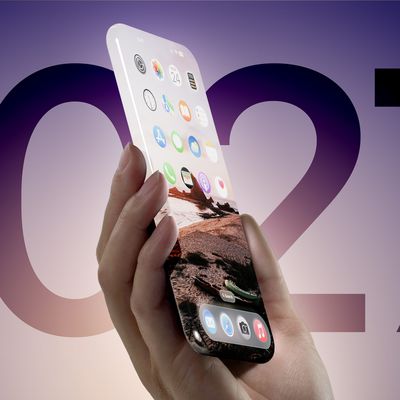
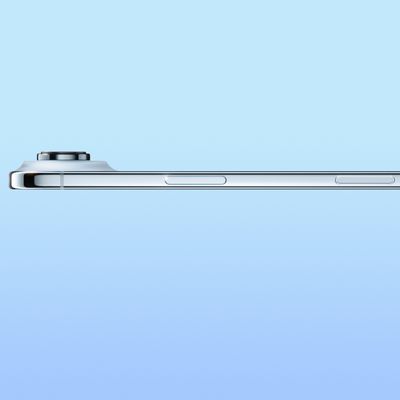



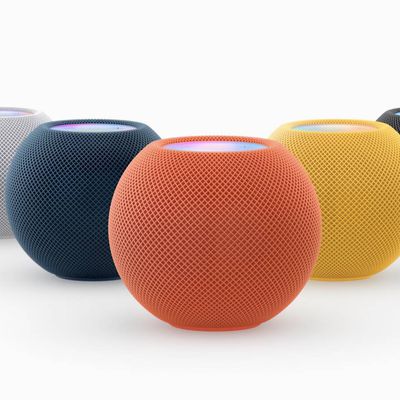

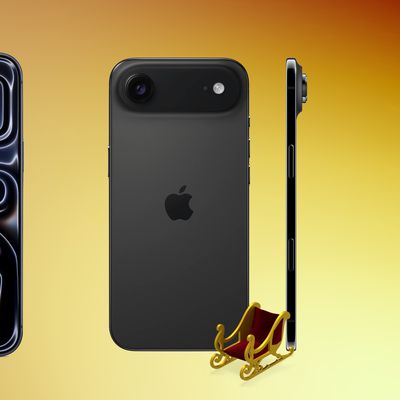
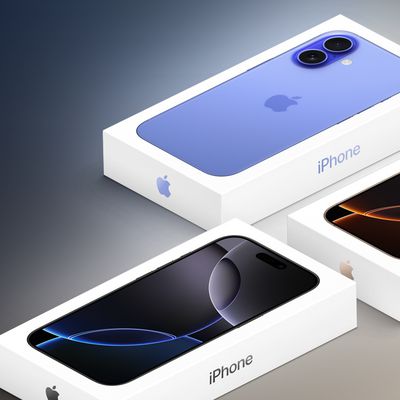














Top Rated Comments
Apple's iPhone business model makes it so it's nearly minting money in Cupertino. Seeing the short term financial impact on Sprint of selling the iPhone, comprised of around $550 payments right to Apple for every contract a customer signs, indicates the strong pent up demand for the iPhone on different carriers and that the carriers are still willing to pay that upfront premium to sign up new data users. Apple gets cash stuffed into both pockets.
Kudos to Peter Oppenheimer, Apple's CFO.
http://news.cnet.com/8301-1035_3-20125836-94/sprint-finally-opens-up-on-iphone-4g-plans/
If this inline works...
They are projecting that they will lose money on the iPhone through 2014 and then start making money on it in 2015. Basically, because iPhone users have traditionally been lower turnover and higher revenue (albeit with fewer carrier options in the past), they "should" be able to make money on them in the long term.
Now there's a solid scientific method for making sales projections. :eek: ;) :rolleyes:
I'm getting 1.25+ and .60 up most of the time.. I sure enjoy it... thanks.
/b
Napkin math:
If $200 is 40% more than other phones, that would mean those other phones (many not even smartphones?) get a $500 subsidy each, and the iPhone gets $700. Those numbers sound way too high to me:
* iPhone unlocked prices (4 and 4S) range from $549 to $849.
* iPhone subsidized prices range from $99 to $399.
* So if Apple charges the carriers the full retail unlocked price, minus what the consumer pays up front, then the carrier’s cost would be $450 per iPhone, across the range.
* But in fact, with a mass commitment like this, Sprint probably doesn’t pay full retail price. (Maybe it varies per model.) It’s got to average somewhere less than $450 per iPhone, right?
Yet Sprint says they pay $500 for non-iPhones (including non-smartphones?) on average, and $700 per iPhone?
For that matter, do those other phone makers have a full $200 of extra margin they can give up to the carrier, vs. what Apple gives? Or do their phones cost $200 less to make? (Maybe so, if many aren't smartphones?) All the numbers sound too high to me.
What am I missing? Sprint’s statement does say “pay Apple,” so they’re not factoring in infrastructure, advertising, or other costs when they’re talking about 40% = $200 more.
Just curious.
Sprint's 3G network is a slightly slower than AT&T's for sure, but it's not that big of a deal in the grand scheme of things.
Overall the network is more consistent and offers better value (unlimited data plan, and free night & weekends starting at 7pm) for similarly priced plans so I'm certain this is going to help Sprint make money/profit off the iPhone in the long run despite their initial upfront commitment. And so far, I've been completely satisfied with their service & network on my iPhone 4S (and I use the web a lot too on the phone) so zero complaints here. :)